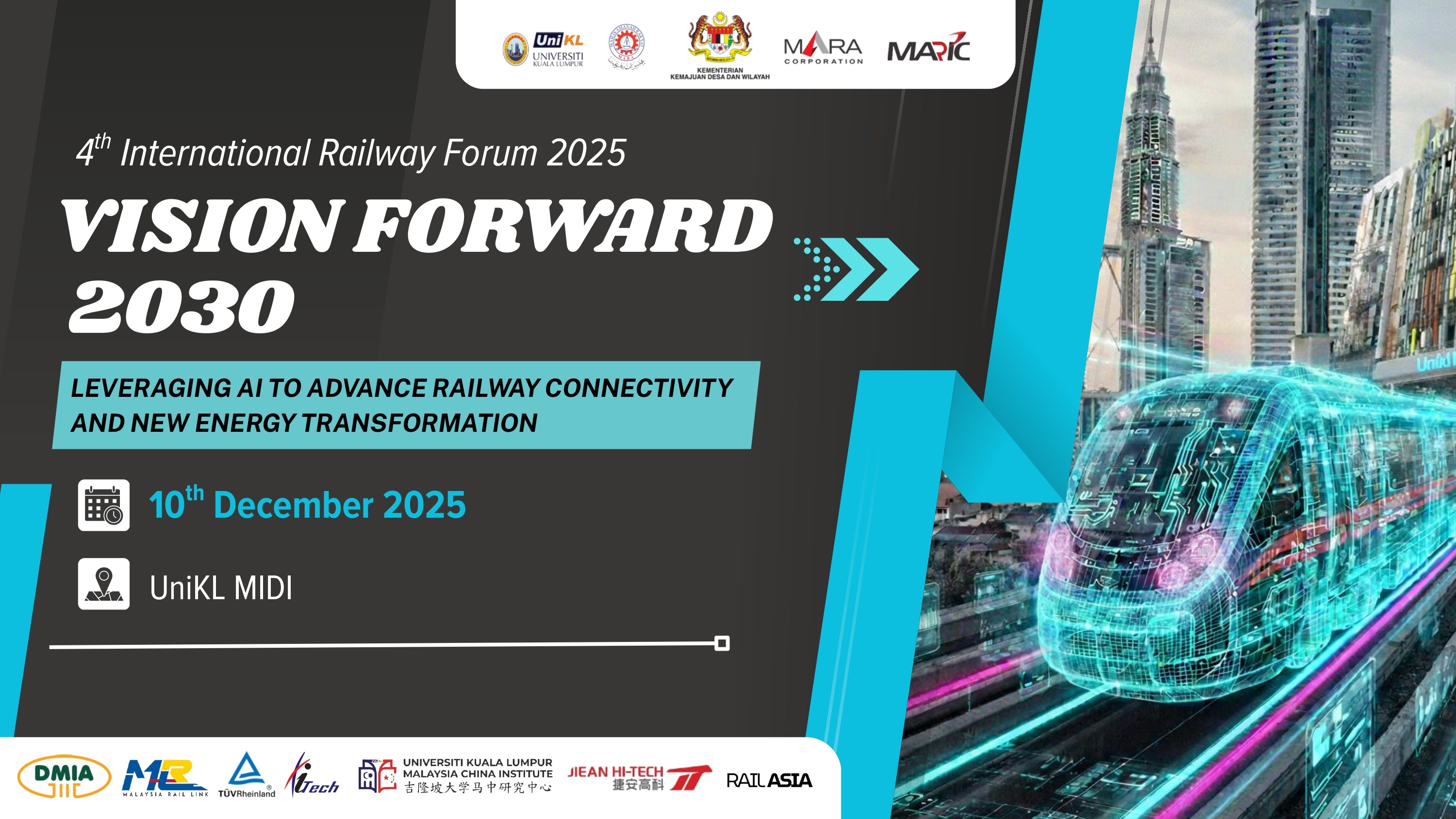Oct 31, 2025
South Korea's Changwon City Champions Dongdaegu–Changwon High-Speed Rail for National Plan
SEOUL, October 2025 — Changwon City is proactively advocating for the inclusion of the proposed Dongdaegu–Changwon high-speed rail project in South Korea’s upcoming 5th National Railway Network Construction Plan. This initiative is presented as crucial to enhancing regional connectivity and addressing limitations in the area’s current rail infrastructure.
The city and provincial government have listed the Dongdaegu–Changwon line, along with extensions toward the future Gadeokdo New Airport, among major rail projects to be submitted for the forthcoming plan covering 2026 to 2035. According to official briefings, once the dedicated high-speed alignment is built, travel time between Changwon and the Seoul region is expected to be reduced to around two hours and 20 minutes.
Currently, Changwon despite being a special self-governing city with a population exceeding one million and a major manufacturing hub is served by a rail section that operates on a general line rather than a dedicated high-speed alignment. As a result, KTX services from Seoul to Masan or Changwon currently take roughly three hours and face capacity and convenience constraints.
Changwon’s campaign emphasizes that a dedicated high-speed rail link would play a key role in enabling balanced national development by strengthening the southeastern region’s connection to the capital area, boosting industrial competitiveness, attracting population and investment, and enhancing logistics and mobility. The city also links this rail development with its broader “tri-port” concept integrating the airport, port, and railway networks around Gadeokdo New Airport and nearby industrial zones.
In support of its bid, Changwon launched a signature drive in October 2025, aiming to collect 100,000 signatures to urge the national government to include the line in the 5th Plan. The campaign highlights that inclusion would not only shorten travel time but also expand daily services and improve regional accessibility and competitiveness.
If approved and executed, the dedicated high-speed link could serve as a strategic catalyst for the southeastern region, helping to integrate regional economies, ease congestion in the Seoul–capital corridor, and modernize the nation’s transport backbone.
Source: Chosun.com
Related Post
Latest Post
Subscribe Us
Get Subscribe To Our Latest News & Update









